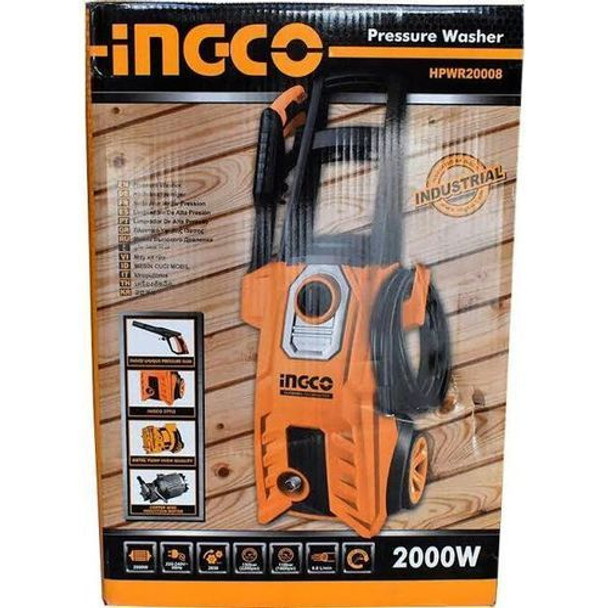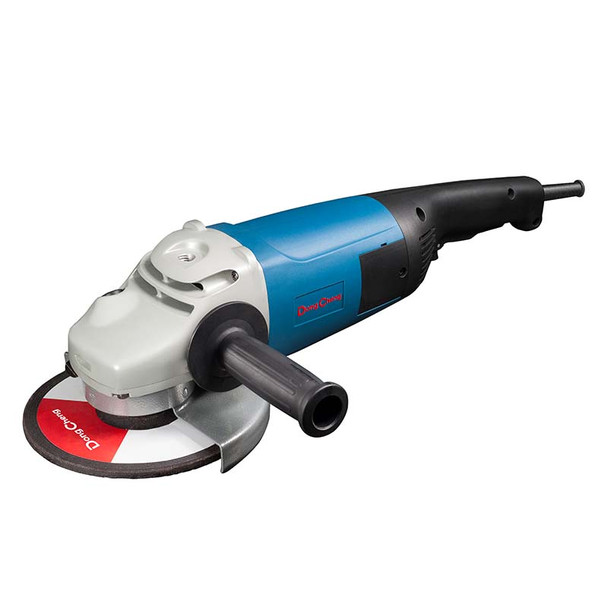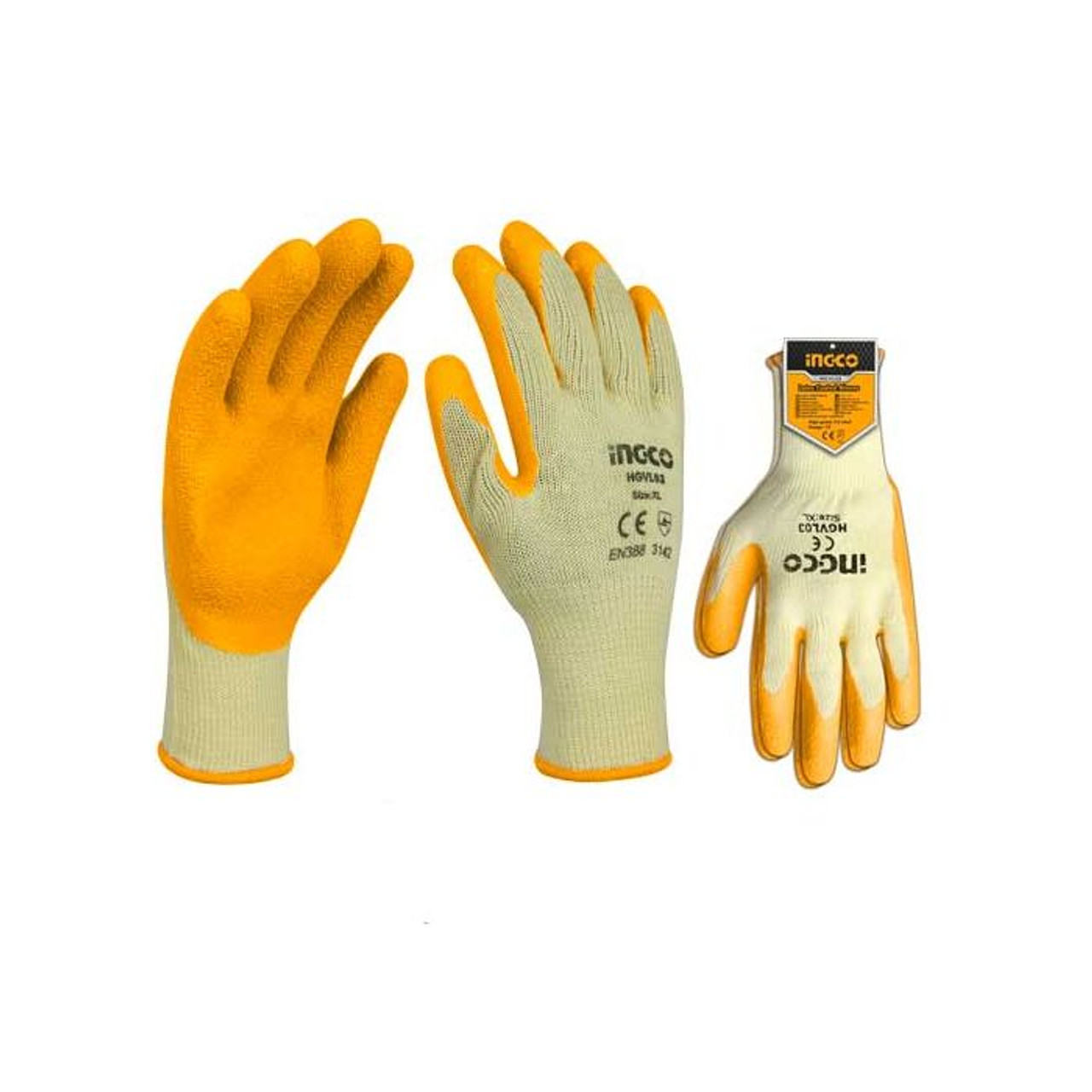Mastering Surface Preparation: Essential Techniques for Successful Coating Applications
You have just been awarded a contract to paint a factory floor, you show up on site ready to start painting, but soon realized that the surface was in rough shape covered in grime and old coatings and you are eager to get the floor coated with a fresh layer of paint, but before you get started it’s important to spend some time on the essential process: Surface Preparation. Don’t worry we’ve got you covered. In this article we will walk you through the key techniques and best practices for preparation so you end up with a smooth, blemish-free finish that really pops. From cleaning and sanding to filling cracks and priming, we will explore the preparation steps. With the right know-how, you can tackle any coating project with confidence.
 Ingco High Pressure Washer 2000W
Ingco High Pressure Washer 2000W
Introduction to Surface Preparation
Surface preparation is a crucial step in various industries, including painting, coating, construction and manufacturing. It involves preparing a surface for a specific treatment or application such as painting, coating, bonding or sealing. The goal is to create a clean, smooth and stable surface that ensures optimal adhesion, performance and durability.
applications as it ensures the adhesion and durability of the coating. It involves various techniques to clean, roughen, or treat the surface to achieve the desired coating performance.
Importance of Surface Preparation in Coating Applications
Surface preparation is vital for coating applications due to the following reasons:
- Enhances adhesion of the coating to the substrate
- Improves coating durability and longevity
- Helps in achieving the desired appearance and performance of the coating
Common Surface Preparation Techniques
Cleaning and Degreasing Surfaces
- Removing dirt, oil, grease, and other contaminants from the surface using solvents, detergents, or specialized cleaners.
Mechanical Surface Preparation Methods
- Abrasive blasting, sanding, grinding, or using other mechanical tools to roughen or clean the surface.
Chemical Surface Preparation Methods
- Using acids, alkalis, or other chemical treatments to etch or clean the surface for better coating adhesion.
 DongCheng Angle Grinder DSM02-230B
DongCheng Angle Grinder DSM02-230B
Choosing the Right Surface Preparation Method for Your Project
The selection of the surface preparation method depends on factors such as substrate material, environmental conditions, and the type of coating to be applied.
Tools and Equipment for Surface Preparation
- Personal protective equipment (PPE)
- Cleaning agents and solvents
- Abrasive materials
- Mechanical equipment (sandblasters, grinders)
- Chemical solutions and application tools
Tips for a Smooth and Even Application
To achieve a smooth and even application of floor paint, follow these tips:
- Use a high-quality paint roller or brush for even coverage
- Apply multiple thin coats rather than one thick coat to avoid drips and pooling
- Work in small sections to ensure consistent coverage and a seamless finish
- Allow each coat to dry completely before applying the next coat
- Use a paint tray and roller grid to remove excess paint and prevent uneven application
Tips for Successful Surface Preparation
- Follow manufacturer's guidelines for surface preparation.
- Ensure the surface is completely dry before applying the coating.
- Properly dispose of waste generated during surface preparation.
Common Mistakes to Avoid in Surface Preparation
- Inadequate cleaning and degreasing of the surface.
- Insufficient roughening of the surface for coating adhesion.
- Neglecting safety precautions during surface preparation.
Best Practices for Coating Application After Surface Preparation
- Follow the recommended coating application conditions (temperature, humidity, etc.).
- Apply the coating evenly and according to the manufacturer's instructions.
- Inspect the coated surface for any defects after application.
Conclusion
Surface preparation is a crucial step in coating applications. Proper surface preparation ensures adhesion, durability, and performance of coatings.
Selection of the appropriate method and careful execution are essential for successful surface preparation.
I hope this expanded information provides a comprehensive understanding of surface preparation techniques for your project. If you need further details on any specific aspect, feel free to contact us.










